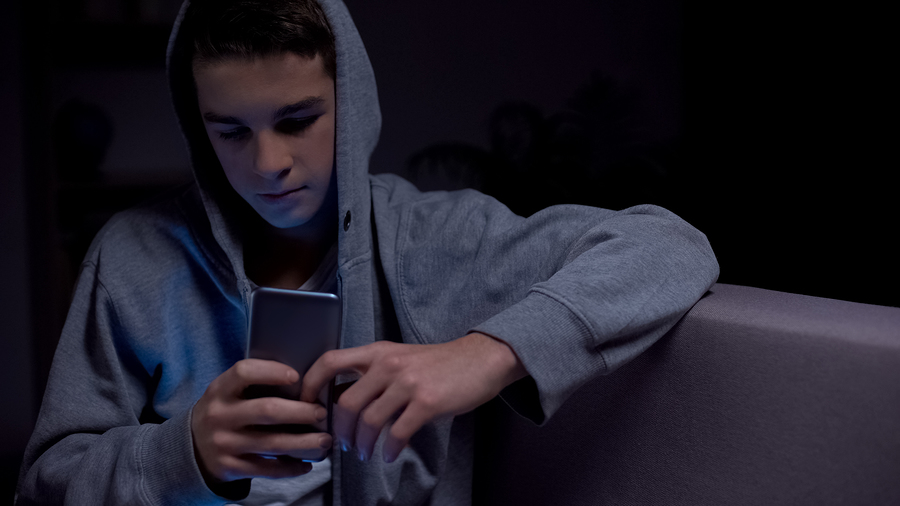
Most people struggling with pornography addictions later in life were first exposed when they were 10-13 years of age, and the addictions set quickly. Sadly, 12-17-year-old teens are the largest group of internet pornography viewers in America. This is the time in a child’s life that parents should be extremely careful. Unlimited access to the Internet is setting teens up for failure because their brains have not sufficiently developed as needed to control the impulses and sexual urges that will lead them too easily to experimentation with pornography.
We need to take a very proactive approach to prevention. As smartphones have become more affordable, and use has become more mainstream, teens have access to pornography through their smartphones at levels we have never seen. Smartphones are the primary source that teens utilize to view pornography.
While owning a smartphone may be the norm for most teens these days, that doesn’t mean it is a good idea. Technology has progressed faster than society has figured out how to deal with the collateral damage such as pornography addictions. Parents should think twice before giving a teenager a smartphone. Flip phones are always available through phone carriers and they can still make calls and send texts. They may not be cool, but they are safer. Having the smartphone next to their bed or in their pocket is like handing a toddler a chocolate bar and telling them not to eat it. They just don’t have the capacity to manage it. We need to help them stay out of their own way.
I am not saying that every teen with a smartphone will look at pornography. However, if parents assume a teen will not look at pornography, they are likely making a mistake. Nationally, 90 percent of boys and 70 percent of girls under 18 have viewed pornography. This means most of our kids will view pornography as teens. It is done most often late at night or when teens are alone in the bathroom – and almost always on a smartphone. These are times when teens should not have access to a smartphone. Period. If you feel comfortable giving them a smartphone, keep all the family phones in a public location after a certain time of the day. It would be good for the adults too.
Lastly, parents should open a regular dialogue with their children starting by age 10 about pornography. Don’t simply tell them not to look or use fear tactics. Rather, educate them on the realities of the urges and curiosity that naturally come to bodies through hormones and puberty. It may feel uncomfortable, but if you make it comfortable to discuss early, they are more likely to come to you for help on this issue down the road. If they do struggle with pornography, don’t shame them. Put your arm around them and help them feel loved and supported in their efforts to overcome the struggle.
